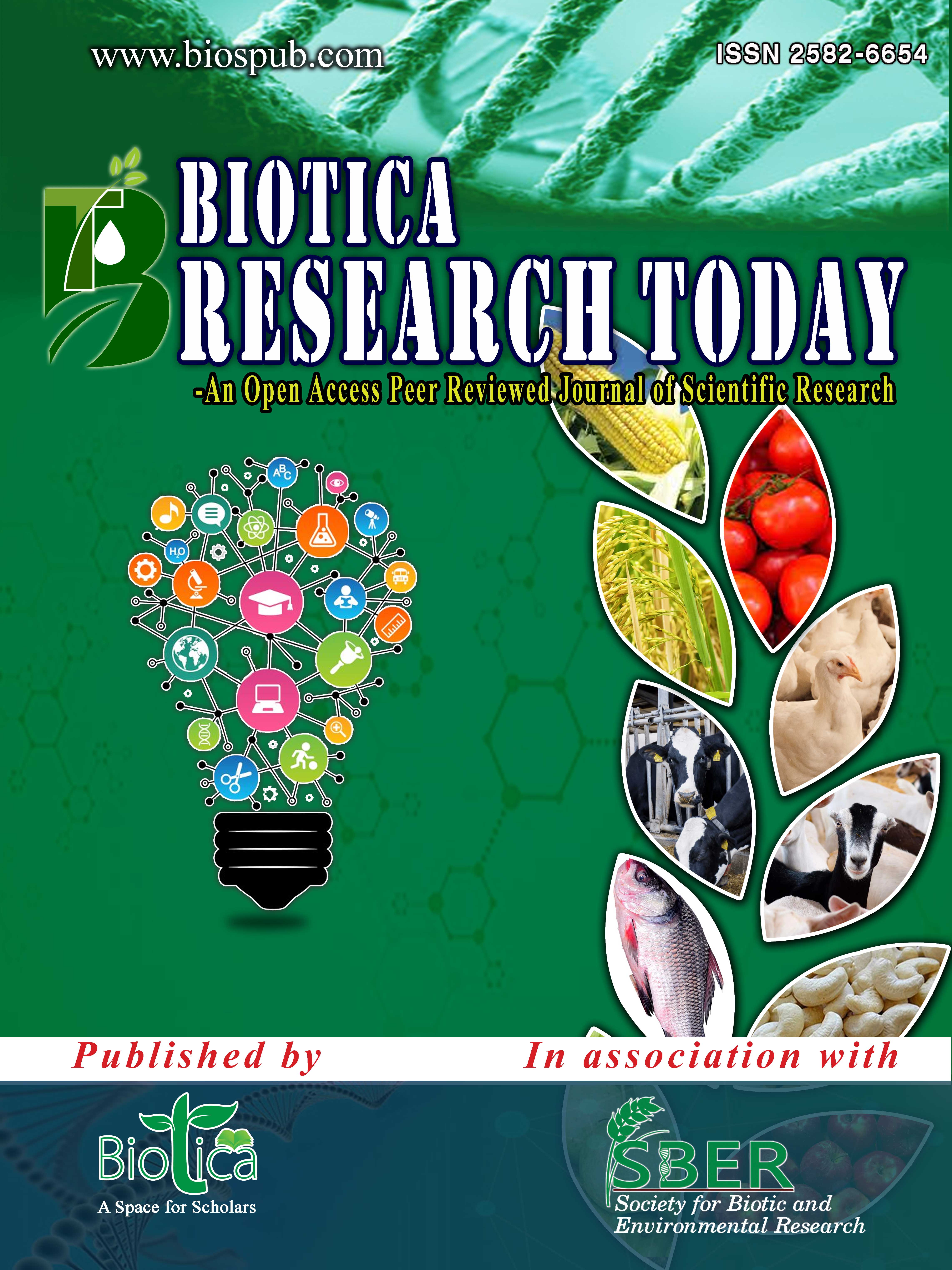Okara: A Low-Cost Adsorbent for Textile Waste Water Treatment
DOI:
https://doi.org/10.54083/ResBio.2.2.2020.26-29Keywords:
Adsorption, Okara, Soyabean, Waste water treatmentAbstract
We are living in the era of expeditiously increasing population and industrialization and water is used in almost all industrial sectors such as food, pharmaceutical, metallurgy, chemical, textile industry and leather industry etc. which produces different kind of effluent. There are several methods used for removing pollutants from wastewater, among them the adsorption method is best as it removes diverse species of pollutants. Textile effluent is one of the major problems for aquatic as well as human life, contains several kinds of dyes, chemicals & hazardous substances that needs to be removed before further use. If the effluent is discharged into the environment without any treatment process, it will cause serious issues related to environmental as well human health. In various waste water treatment plants that are used for treating wastewater through adsorption, cellulosic, lignin based carbon materials, chemically or biologically activated carbonaceous of different biomass origin are used as adsorbent. This paper reviews the possibility of Okara (soyabean milk waste), being a cellulosic biomass and shows some adsorption capacity, as a low-cost adsorbent for treatment of the waste water generated from the textile industries.
Downloads
Downloads
Published
How to Cite
License
Submission of a manuscript implies that when the manuscript is accepted for publication, the authors agree to automatic transfer of the copyright to the publisher (or grant the Publisher exclusive publication and dissemination rights). The Biotica, as the publisher, has the right to enter into any agreement with any organization in India or abroad engaged in reprography, photocopying, storage and dissemination of information contained in this journal. The Biotica has no objection in using the material, provided the information is being utilized for academic purpose but not for commercial use. Due credit line should be given to Biotica where information will be utilized.









 |
|


